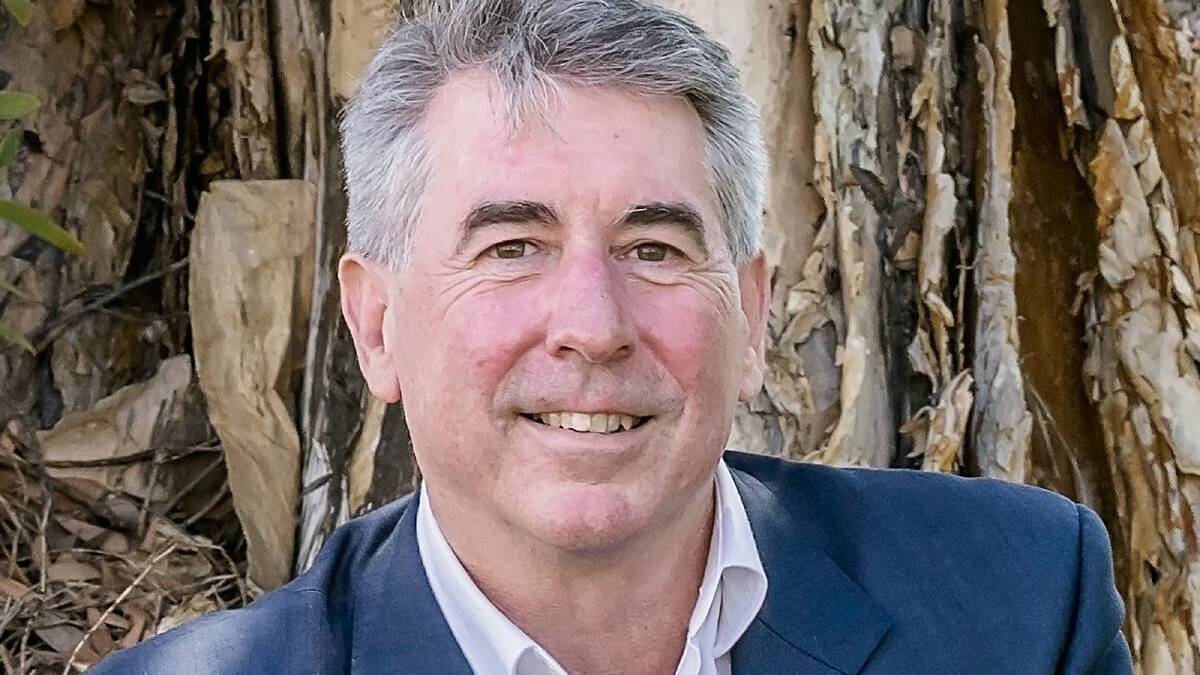
Mosquitoes are a fact of life in our part of the world, but the 2021/22 mosquito season has been one of the worst on record.
In recent years tides have often been higher than average, something that significantly increases mosquito numbers. The combination of those high tides and some specific environmental conditions has led to intense mosquito breeding periods, not least over the last few weeks. Understandably, there has been frustration across the region about the impact this has had on all our lifestyles. I thought it would be useful to explain what the Shire of Murray has been doing to mitigate the issue.
Because mosquitoes tend not to observe local council boundaries we, along with Mandurah, Rockingham and Waroona, the University of Western Australia, and with some funding from the State Government, are part of the Peel Mosquito Management Group (PMMG). The PMMG is the largest mosquito management partnership of its type in Western Australia. Working together, we all contribute to the operation of the group, and without the PMMG, mosquito-borne disease would be more prevalent and mosquito populations would be much larger than they are in our region.
Most mosquito breeding areas in the Shire are difficult to access by vehicle because they are in swampy areas on the edge of the Peel-Harvey Estuary, the Murray, or the Serpentine River. In total, we have around 600 hectares of mosquito breeding areas. Consequently, we choose to undertake most of our mosquito treatments by helicopter to cover larger areas more quickly and more often. Our team monitors tides and mosquito larvae activity every day, including public holidays and weekends, and those reports inform the spraying plans ensuring they happen at the optimal time.
We also employ a full-time Mosquito Control Officer who monitors mosquito breeding sites for larvae to understand the most impactful time to treat an area, and then after spraying, to ensure success of the treatment. We trap samples of adult mosquitoes to inform treatment plans. This activity is how we know that our larvicide spraying program reduces the number of mosquitoes by between 80% and 90%.
We spray regularly, and at the most optimal times. So far in 2022 we have undertaken 14 days of spraying, covering almost 2500 hectares, including one of the largest single spray events we've ever done. Over the last two years, the Shire has budgeted three times the usual amount on larvicide spraying and last week the council approved a request for an additional $20,000 plus to help with additional spraying.
The Department of Health has traditionally matched the PMMG contributions, and also funds the cost of the helicopter. In response to our request to match our additional funding earlier this year we were told by the Department of Health that they would not be able to help as their budget had been exhausted. Decreasing temperatures give our efforts an even greater impact, and I, as I'm sure you are too, am grateful for the respite from the nuisance of mosquitos. I know that the PMMG will continue to evolve and improve its efforts in the future to help make living alongside mosquitoes more bearable so we can all enjoy our unique lifestyles throughout the year.
- By David Bolt, Shire of Murray president

